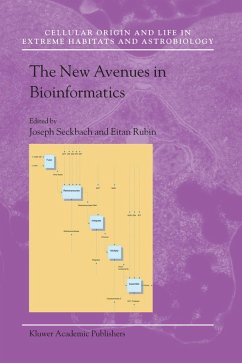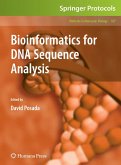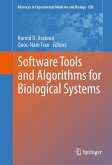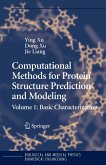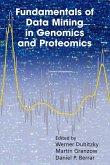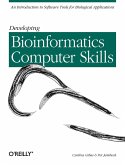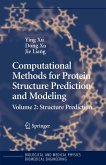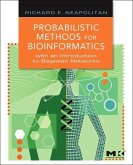Bioinformatics has ignited the imagination of scientists, entrepreneurs and the general public. At the meeting place of two fast growth disciplines, biology and computer science Bioinformatics is one of the cornerstones of the new biology. It is clearly pivotal to the translation of high throughput projects such the human genome project into useful knowledge. Yet despite all this attention, there is no consensus on what exactly is Bioinformatics. There are several canonical topics, such as gene structure prediction, protein functional classification or structure prediction. The present book explores new frontiers in bioinformatics, such as Glycomics or the computational modeling of genetic processes. We also discuss confounding factors that we find crucial to the development of the field, such as the ability to protect and restrict intellectual property in the field, or the challenges involved in educating bioinformatics users. Finally, we touch upon some fundamental questions, such as what information is and how it is captured in biological systems. By bringing to the readers such a broad spectrum of reviews, we hope to capture the vibrant spirit of this young science and to truly represent the fast pace with which it is still developing.
Hinweis: Dieser Artikel kann nur an eine deutsche Lieferadresse ausgeliefert werden.
Hinweis: Dieser Artikel kann nur an eine deutsche Lieferadresse ausgeliefert werden.

